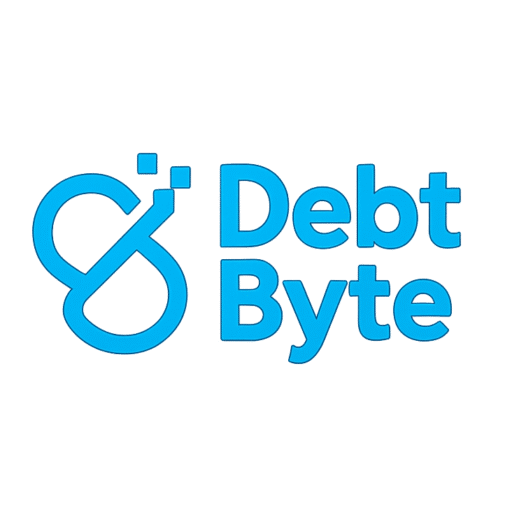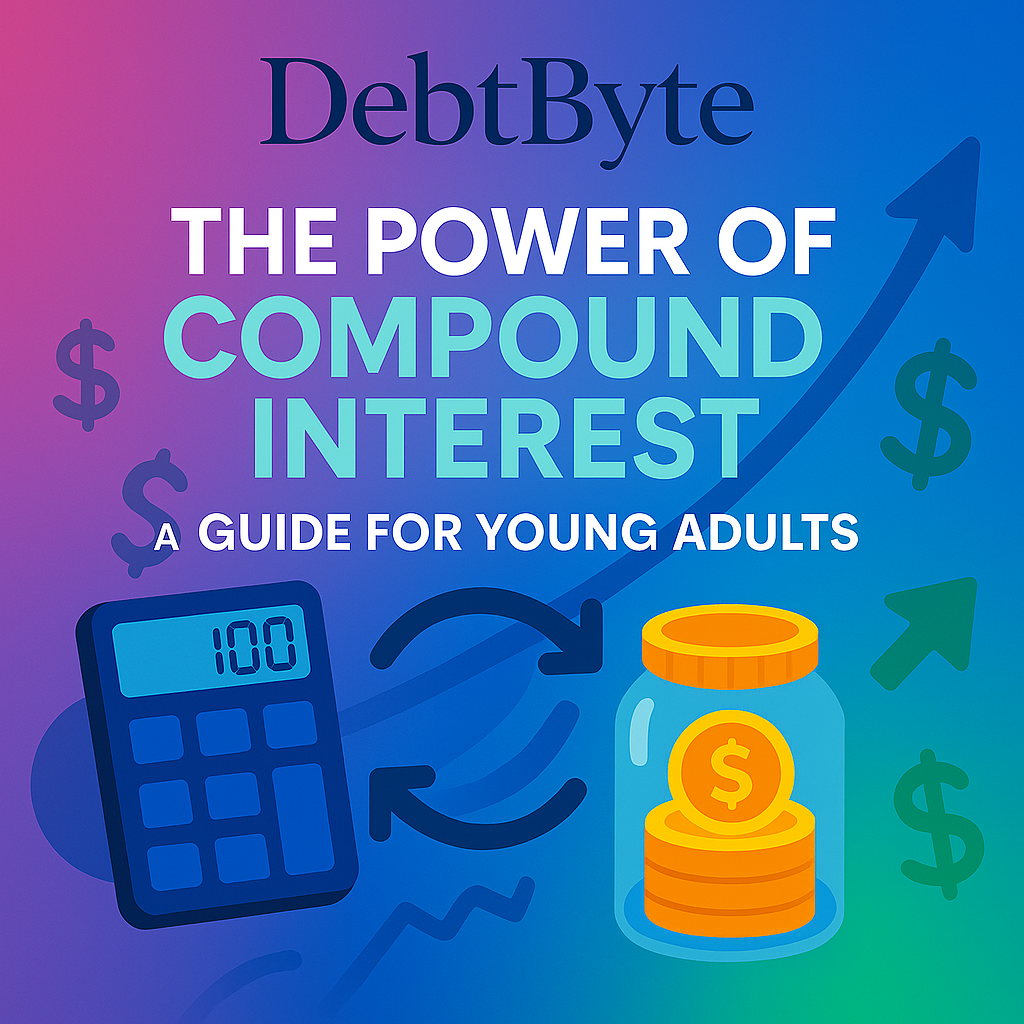When it comes to building long-term wealth, there’s one financial principle that often gets overlooked by young adults: compound interest. By starting early, even small savings can transform into substantial wealth over time. In this in-depth guide, we’ll break down the magic of compound interest, explain why early savings are essential, and provide practical tips alongside interactive visuals to help you harness its full potential.
What Is Compound Interest?
Compound interest is the process by which your investment earnings are reinvested, so you earn interest on both your initial principal and the accumulated interest from prior periods. Think of it as a snowball effect—a small snowball rolling down a hill gathers more snow and momentum over time.
For example, if you invest $1,000 at an annual interest rate of 5%, after one year you would earn $50 in interest, making your total $1,050. The next year, you earn interest on $1,050, not just your original $1,000. Over many years, this process can lead to exponential growth.
Key Takeaway:
- Compound Interest: Earnings on both your initial savings and the interest that has been added over time.
Why Early Savings Matter
Starting your savings journey in your teens or early twenties can make a monumental difference in your financial future. The earlier you begin, the more time compound interest has to work its magic. Consider these two scenarios:
- Scenario A: A 22-year-old starts investing $200 a month at an annual return of 6%. By age 62, this steady investment could grow into a significant nest egg.
- Scenario B: A 32-year-old starts saving the same $200 a month under identical conditions. Although the contributions are identical, the later start means less time for the interest to compound, resulting in a smaller end balance.
Even modest amounts grow impressively when given the advantage of time. The power is in the beginning—your early savings pave the way for a more secure financial future.
Visualizing Compound Interest
Understanding compound interest can be even more intuitive with visual aids. Imagine an interactive graph where the horizontal axis represents time (in years) and the vertical axis represents your investment’s growing value. As the years progress, the curve starts gently and then skyrockets upward, illustrating the exponential growth of your savings.
Sample Calculation:
Suppose you invest $100 per month at a 6% annual rate, compounded monthly. Here’s a simplified breakdown:
| Age | Total Contributions | Estimated Account Value |
|---|---|---|
| 25 | $1,200 | ~$1,230 |
| 30 | $6,000 | ~$6,700 |
| 35 | $12,000 | ~$14,000 |
| 40 | $18,000 | ~$24,000 |
| 45 | $24,000 | ~$39,000 |
| 50 | $30,000 | ~$60,000 |
| 55 | $36,000 | ~$90,000 |
| 60 | $42,000 | ~$135,000 |
| 65 | $48,000 | ~$200,000 |
Note: These figures are illustrative and assuming a constant 6% return; actual returns will vary.
An interactive calculator on your blog can let readers plug in their own numbers—monthly savings, expected return rates, and investment duration—to see firsthand how compound interest can accelerate wealth-building.
Tools & Interactive Calculators
Integrating interactive elements into your blog post can transform abstract concepts into tangible results:
- Online Compound Interest Calculators: Embed a simple calculator allowing users to input their starting amount, monthly contributions, interest rate, and duration. This tool will dynamically display how small contributions can evolve over time.
- Dynamic Graphs: Use libraries like Chart.js or D3.js to create real-time visualizations of investment growth. These graphs show the compounded growth curve, helping readers understand the exponential impact of early saving.
- Downloadable Worksheets: Supply a budgeting or savings worksheet where users can map out their monthly contributions and track their progress over the years.
These interactive elements not only make your content more engaging but also serve as valuable resources for young adults aiming for wealth building.
Actionable Steps for Young Adults
Taking the leap into proactive wealth building doesn’t require a fortune to start with. Here are some practical steps that any young adult can implement today:
- Start Small but Start Now: It’s best to begin with any amount you can afford—even if it’s just $20 a month. Consistency is key.
- Automate Your Savings: Set up an automatic transfer from your checking account to your savings or investment account. This “set it and forget it” method ensures you are consistently contributing without any extra effort.
- Educate Yourself on Investment Options: Look into low-fee index funds, ETFs, and other diversified investments. The less you spend on fees, the more you retain, allowing your money to grow over time.
- Monitor and Adjust: Regularly review your investment portfolio. As your income grows, consider increasing your monthly contributions.
By following these steps, you can maximize the power of compound interest, setting yourself on the path to financial independence.
Real-Life Success Stories
Sometimes, the best inspiration comes from real people. Consider the success stories of those who began investing early:
- Case Study A: Maria started investing $100 a month at the age of 20. By 50, her disciplined approach compounded into a substantial retirement fund that allowed her to retire comfortably and even enjoy some early retirement perks.
- Case Study B: Jamal began his investment journey in college with modest amounts. Through consistent contributions and reinvesting dividends, he built a diversified portfolio that now provides him with a steady stream of passive income.
These examples underscore that the power of compound interest is available to everyone who starts early and sticks with it.
Tips for Overcoming Common Barriers
Many young adults face challenges like living paycheck to paycheck, unplanned expenses, or simply not knowing where to start. Here are some tips to overcome these hurdles:
- Create a Simple Budget: Track your income and expenses down to the penny. Apps like Mint or YNAB can simplify this process.
- Prioritize Savings: Treat your savings like a recurring bill. When you receive your paycheck, the first action should be to transfer your fixed amount into your savings or investment account.
- Build an Emergency Fund: Before diving too deep into investments, secure an emergency fund equivalent to 3-6 months of your living expenses. This safety net ensures that unexpected costs don’t derail your long-term plans.
- Educate Continuously: Financial literacy is a journey. Read books, attend webinars, and follow reputable financial blogs to stay informed and motivated.
Implementing these strategies can help you stay on track and maximally benefit from compound interest, even during challenging times.
Final Thoughts
The concept of compound interest may seem simple at first glance, but its real power is revealed over time. By starting early, making regular contributions, and reinvesting your earnings, you’re not just saving money—you’re building a foundation for financial independence.
Remember, every great journey begins with a single step. Whether you’re putting aside $20 or $200 each month, the key is to begin today and let time work its magic.
Take advantage of interactive tools, keep track of your progress, and most importantly, stay consistent. The wealth you build today through early savings and the mastery of compound interest will set you up for a brighter future.
By embracing these principles and taking action now, you can be part of the growing group of young adults redefining wealth in their own terms. The pathway to financial freedom is accessible to everyone—start early, stay disciplined, and watch as your small contributions transform into significant wealth over time.
#CompoundInterest #EarlySavings #WealthBuildingForYoungAdults #FinancialFreedom #InvestingTips


Leave a Reply